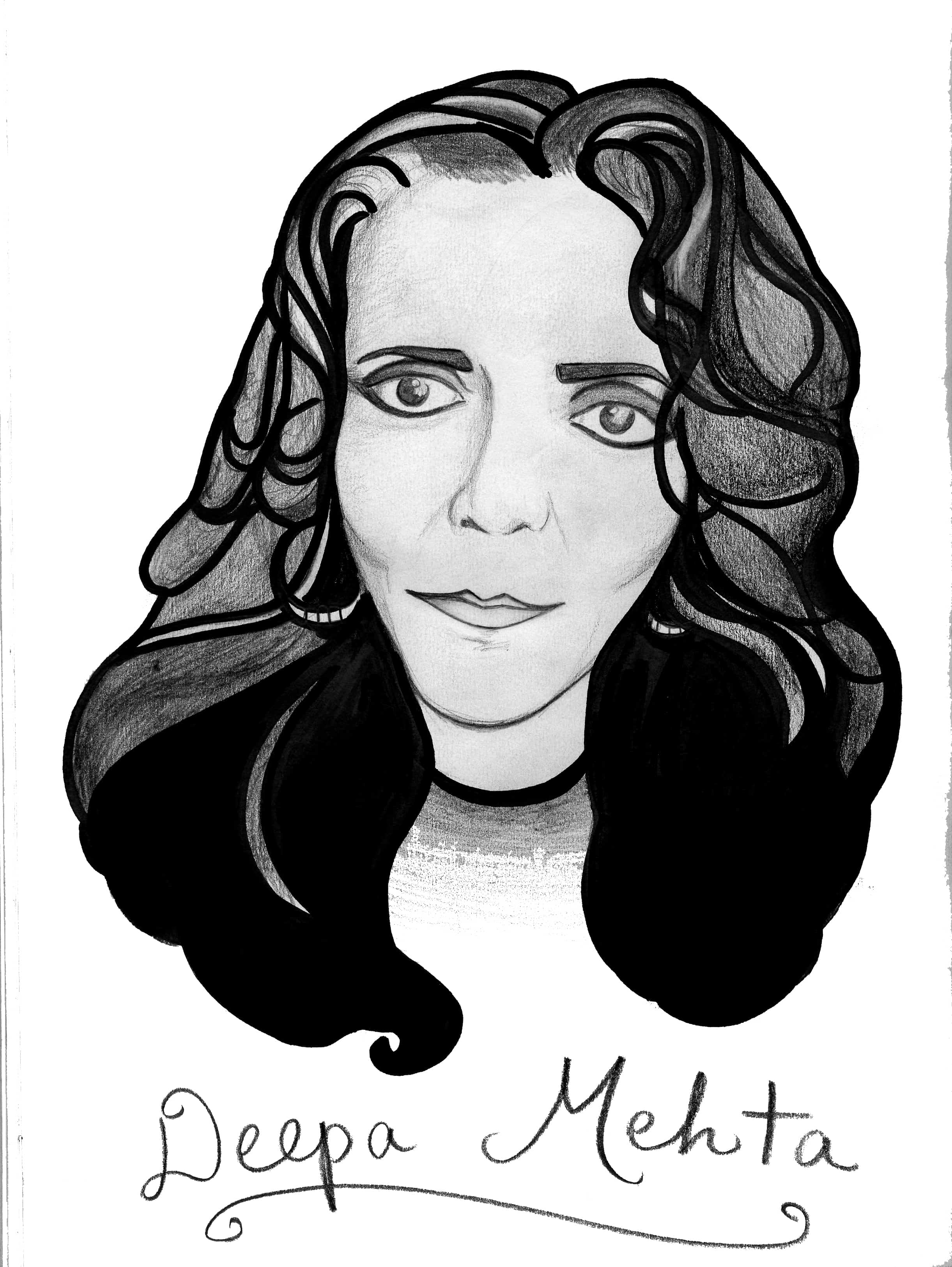Midnight’s Children is Deepa Mehta’s love letter to India. Encompassing an impressive time-span in the nation’s history, the two-and-a-half hour film explores landmarks in India’s political past — including the country’s acquisition of independence, the partition of the subcontinent and the political crisis know as the Emergency — through the eyes of the young and vulnerable protagonist Saleem Sinai.
Deepa Mehta first read Midnight’s Children, Salman Rushdie’s iconic historical novel, in 1982 while living in Dehli, 30 years before she turned it into a film. Now a veteran Canadian filmmaker, Mehta’s enthusiasm for Rushdie’s literary masterpiece hasn’t lessened in the slightest.

CATHERINE MONSOURI/THE VARSITY
“I never ever thought of it as a film until about three-and-a-half years ago,” she explained during a recent interview. “So that’s a different relationship that you have. But once I said, ‘Oh my god, I could turn this into a movie,’ my relationship to the book changed completely. And what I loved about the book is that it remains true, it’s timeless. It’s about the search for family, the search for identity, the search for a home.
“And whether it’s about a young man coming of age, or a young country coming of age, the journey is similar.”
Midnight’s Children is the result of a collaboration between Mehta and Rushdie. The infamous author didn’t simply sign away the rights to his Booker Prize-winning novel; Rushdie spent two years picking it apart, carving a screenplay out of a 500 page epic many critics deemed un-filmable.
“When we decided to do it, I insisted that Salman write the screenplay,” Mehta said. “He’s a good screenplay writer. He did an adaptation for a television series which I’d read and thought was really good.
“The other thing is he loves movies. He’s a total cinema nut, and therefore he’s very cinematic. He can think in terms of showing as opposed to telling. There are many things you have to let go of when you translate or adapt a book into a film … [and] he understands that. There’s a healthy disrespect for his own words, and only he can have that. Once he understood there was a reason to my madness, it wasn’t just to punish him, it became very easy…. He is very generous, he is not an egoist. He understands that there is only one director.”
The magical-realism at the core of Rushdie’s work is more firmly rooted in reality than the novels of the literary giant Gabriel Garcia Marquez, who originally popularized the style. Rushdie’s magic is embedded in his young protagonists, who are born in the first hour after India’s Independence on August 15, 1947. They use special powers to stay connected throughout India’s bloody and unstable history.
Deepa Mehta’s direction took into account Rushdie’s delicate balancing of believable characters and key elements from the magical-realism genre.
“I knew I didn’t want it to be like Harry Potter or X-Men,” Mehta noted. “It’s not about super powers and X-rays, it’s about potential. Magic is about potential and the imagination. I wanted the glow to come from within. The kids had to feel real, but with the glow of hope.”
Midnight’s Children is easily the most ambitious endeavour in Mehta’s 26-year filmmaking career. Shot in Sri Lanka under the hilariously cheesy fake title Winds of Change, Mehta and crew ran into all sorts of challenges, but always embraced the new experiences with optimism and open arms.
“There was something really sad about building the ghetto,” Mehta said. “We really built a slum with our amazing production designer. And then you inhabit it with people. It’s the place where Parvati and Saleem have their wedding night, and the wedding party… It becomes so personal, almost real, because it was inhabited by people and characters…. And then it’s bulldozed and you really realize that this actually happened in real life to many slums when the Emergency happened in India. They were just bulldozed.
“These are all new things for me. I would stop making films if I didn’t learn something new. It would be really boring.”


